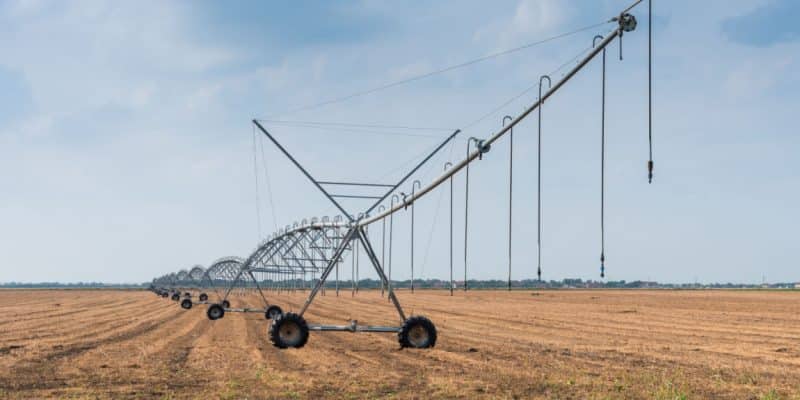After several years of stoppage, the Gowe Irrigation Project has been revived by the Agricultural and Rural Development Authority (ARDA) in Zimbabwe. The project will improve food security in response to the drought.
The Gowe Irrigation Project in the Sanyati district of Zimbabwe is back on track. The resumption of work has been announced by the Agricultural and Rural Development Authority (ARDA), after several years of stoppage. The work concerns the rehabilitation of some 15 irrigation systems in Sanyati. The objective is to transform the activity of small farmers, thanks to more sustainable irrigation systems, in a context marked by drought.
For example, in Sanyati, 120 hectares of additional land will be irrigated under this project, strengthening the livelihoods of people who rely mainly on agriculture. In 2023, Arda plans to irrigate 50 hectares of arable land. “We are a group of small-scale, semi-commercial farmers and the arrival of Arda to help revive the irrigation project also means that we will be able to access the inputs and machinery to fully utilise all the arable land,” says Spencer Munengami, the project chairman.
Irrigating 350,000 hectares of land by 2025
Arda will support the implementation of the Gowe Irrigation Project as part of its irrigation programme to revitalise 60 small-scale irrigation schemes, totalling 6,100 hectares. The programme will comprehensively upgrade 450 irrigation schemes to improve agricultural yields across Zimbabwe. According to the International Atomic Energy Agency (IAEA), in 2019, drought affected the food security and livelihoods of 45% of Zimbabwe’s rural population. The situation could worsen in the coming years as the rhythm of the seasons changes due to climate change.
Read also – ZIMABWE: Zinwa to drill 35,000 boreholes for irrigation and drinking water in 4 years
Currently, the East African country has 250,000 hectares of irrigated land. The Zimbabwean government’s ambition is to irrigate 350,000 hectares of land by 2025, in line with its horticultural growth and recovery plan.
Inès Magoum







